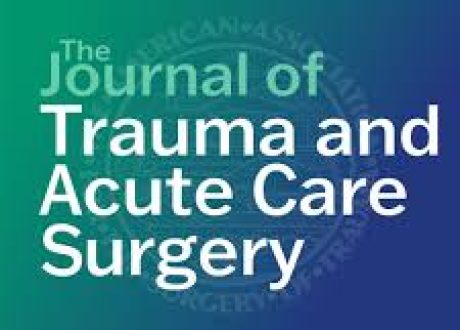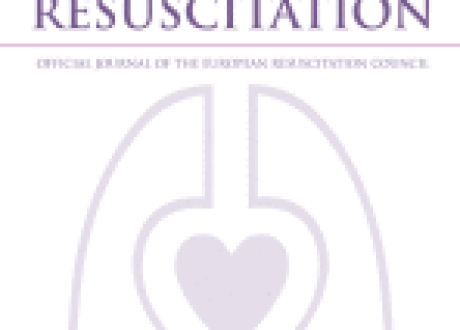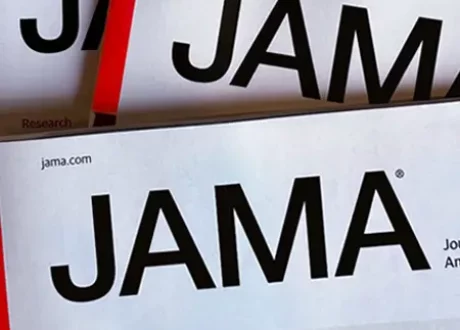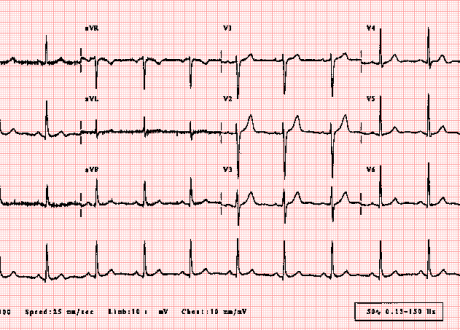Key Points
Question Does the APOE ε4 allele increase the risk of intracranial hemorrhage among patients with atrial fibrillation who are treated with apixaban?
Findings In this cohort study that evaluated 2038 patients who had atrial fibrillation on apixaban and no history of stroke, carriers vs noncarriers of 1 or 2 APOE epsilon ε4 alleles exhibited a 3-fold increase in intracranial hemorrhage risk over a median follow-up of 2.9 years.
Meaning APOE epsilon ε4 is a significant risk factor for intracranial hemorrhage in patients with atrial fibrillation on apixaban; additional research is needed to identify the mediating biological mechanisms and evaluate the utility of adding APOE information to existing risk stratification tools for bleeding complications.
Importance The APOE ε4 variant is causally linked to cerebral amyloid angiopathy and is a risk factor for intracranial hemorrhage (ICH) among warfarin-treated patients with atrial fibrillation. Nevertheless, its impact on those treated with apixaban remains unknown.
Objective To test the hypothesis that APOE ε4 allele carriership is associated with an increased risk of ICH in patients with atrial fibrillation taking apixaban.
Design, Setting, and Participants This cohort study involved data from the All of Us Research Program, a longitudinal, population-based study in the United States. Inclusion criteria were age older than 50 years, history of atrial fibrillation, and anticoagulation with apixaban. Participants with a history of ischemic stroke or ICH were excluded. Up to 3 years of follow-up data were available. Data were collected from 2017 to 2022 and analyzed from November 2023 to December 2024.
Exposure APOE ε2, ε3, and ε4 were ascertained using variants rs429358 and rs7412. APOE ε4 was modeled dichotomously (noncarriers [no alleles] vs carriers [1 or 2 alleles]).
Main Outcomes and Measures Incident ICH, including any new intraparenchymal, subdural, or subarachnoid hemorrhage after initiation of apixaban therapy.
Results Of 413 477 All of Us participants, 2038 were eligible. Their mean (SD) age was 71 (9) years; 918 (45%) were female, 1120 (55%) were male, and 1710 (83%) had European ancestry. Among these participants, 483 (23.7%) were carriers of at least 1 APOE ε4 allele. After a median follow-up of 2.9 years, 26 participants sustained an ICH (cumulative incidence, 1.5%; 95% CI, 1.0%-2.2%), of whom 12 (cumulative incidence, 3.1%; 95% CI, 1.7%-5.3%) were carriers and 14 (cumulative incidence, 1%; 95% CI, 0.6%-1.7%) were noncarriers (P = .007). Multivariable Cox proportional hazard models confirmed this association: compared with noncarriership, APOE ε4 carriership was associated with a 3-fold increase in the risk of ICH (hazard ratio, 3.07; 95% CI, 1.42-6.65). APOE information improved the discrimination of risk prediction scores (C statistic of 0.74 and 0.68 for models with and without APOE, respectively; P = .03).
Conclusions and Relevance Further research is needed to evaluate whether cerebral amyloid angiopathy mediates the observed association and whether APOE e4 information improves clinical decision-making about anticoagulation therapy in patients with atrial fibrillation. The latter is important now that APOE information is used in clinical settings to guide antiamyloid treatment for Alzheimer disease and has been returned to millions of persons by direct-to-consumer genotyping companies.









